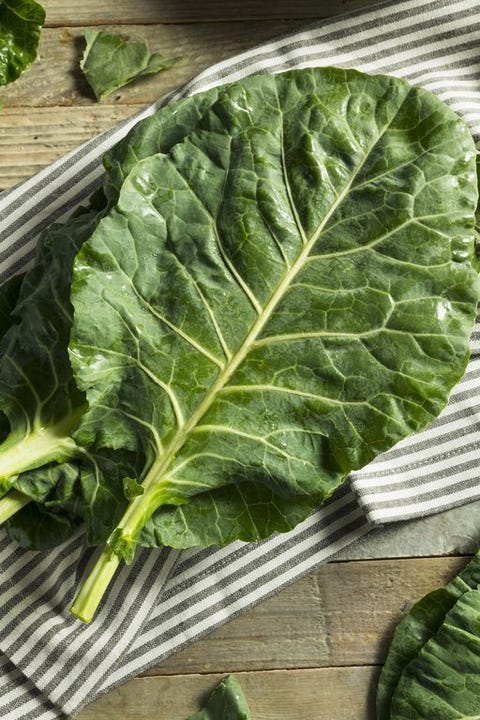7 Healthy Fruits and Vegetables You're Not Eating That Are Actually Delicious
There are piles upon piles of academic papers that extoll the virtues of fruits and vegetables. Eating produce can lower your risk of cancer, high blood pressure, heart disease, obesity, and I could go on and on.
But the average person eats just a tad more than two total servings per day, according to a report from the CDC. Just over two servings for the entire day.

You must eat more. You have to eat more if you want to live a longer, healthier life. You do want that, don’t you?
Tired of boring ol’ apples and bananas? Try these options, which are plentiful at most grocery stories in the U.S. and contain all the disease-fighting nutrients you need, plus the flavor that’ll keep you coming back for another taste.
Mangos
It’s a myth that mangos only come into season in the summer. “There are so many varieties and their growing seasons are staggered, so mangos are actually ‘in season’ year round,” says Brierley Horton, M.S., R.D. of Birmingham, AL. The fruit is brimming with skin-healthy vitamins A and C, and delivers a nice dose of fiber and potassium (nutrients most Americans fall short on). But if fresh a fresh mango is too intimidating, look for frozen, cubed mango and then smoothie-fy it or defrost some in the microwave to top your yogurt or cottage cheese.
Collard Greens

bhofack2
Like kale, collards are a cruciferous vegetable (as are cauliflower, broccoli and cabbage), a class of vegetables known for their cancer-fighting, antioxidant-rich properties. Collards in particular are loaded with vitamin A, C, and K. Add sliced collards to soups or steam a large collard leaf until pliable and use it as a “tortilla” for your next burrito.
Wonderful Halos
These are mandarin oranges with a smart marketing campaign. But they are also easy to peel, seedless, and sweet, which make them perfect for snacking at the office or pop inside your kids’ lunch boxes. Just two of these fruits deliver you half a day’s worth of vitamin C.
White Potatoes
Silence the carb alarm! White potatoes remain one of the most under-appreciated vegetables due to unfounded fear-mongering around their glycemic index. “Whether it is refueling post workout or you’re enjoying it as a side with your steak and salad, potatoes are versatile,” says Quinnipiac University sports dietitian and cookbook author, Dana Angelo White, M.S., R.D. They are an excellent source of vitamin C, contain more potassium than a banana, and when you eat them with the skin on, you’ll also take in a nice dose of fiber too.
Prunes
Research suggests a single serving (4 to 5 prunes) may help support digestive health and strong bones. Prunes are also easy, portable, and pretty darn tasty. My kids love them chopped in their oatmeal most mornings of the week.
Dragonfruit

Getty Images
I first tasted this fruit when I was on a speaking trip in Indonesia. The hosts were kind enough to include what to me was an exotic fruit tray in my hotel room. I then started seeing it mostly in dried form in the US, but more recently have it fresh in the produce aisle as well. One serving of the fresh fruit contains three grams of fiber per serving and packs in a solid dose of the often under-consumed mineral, magnesium.
Eggplant
Though “nutrition expert” Tom Brady has been outspoken against this nutrient-rich food, I can promise you that avoiding them won’t help you win a Super Bowl or marry a supermodel. Eggplant is low in calories and high in soluble fiber. I love slicing the vegetable thin, spraying each slice with olive oil, and then grilling them a couple minutes on each side. After this, I alternate layers of the grilled eggplant with tomato sauce, mozzarella, and repeat until I have a stack. I then place a few of these “eggplant layers” in a pan, and bake at 350°F for about 20 minutes, until the cheese melts. It’s eggplant, lasagna-style.
Source: Read Full Article


